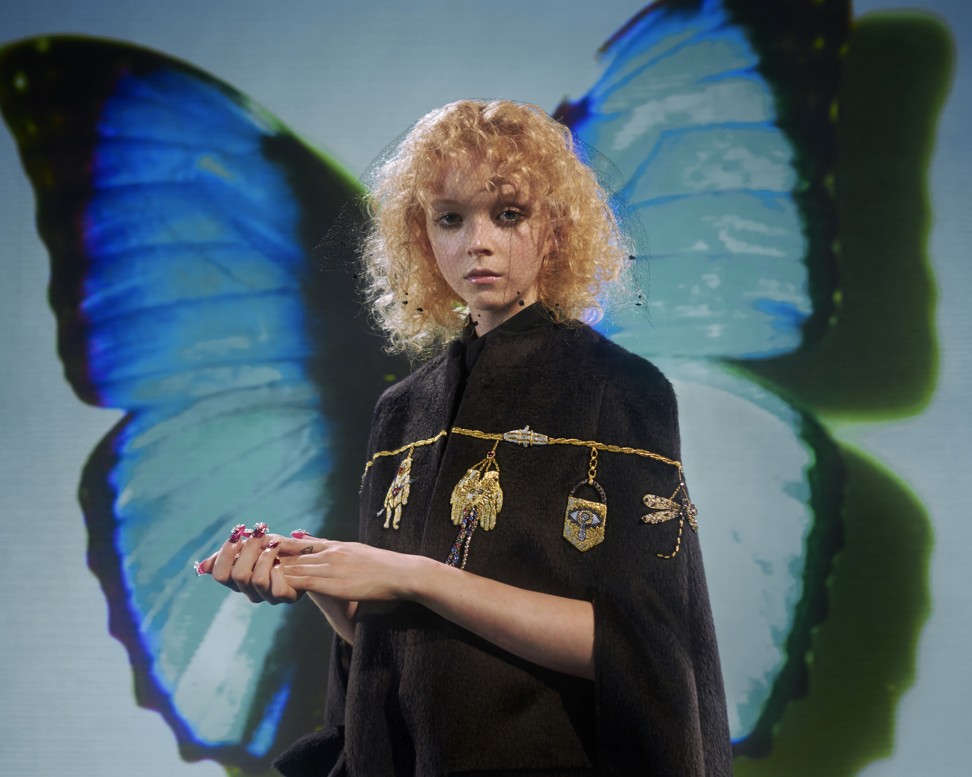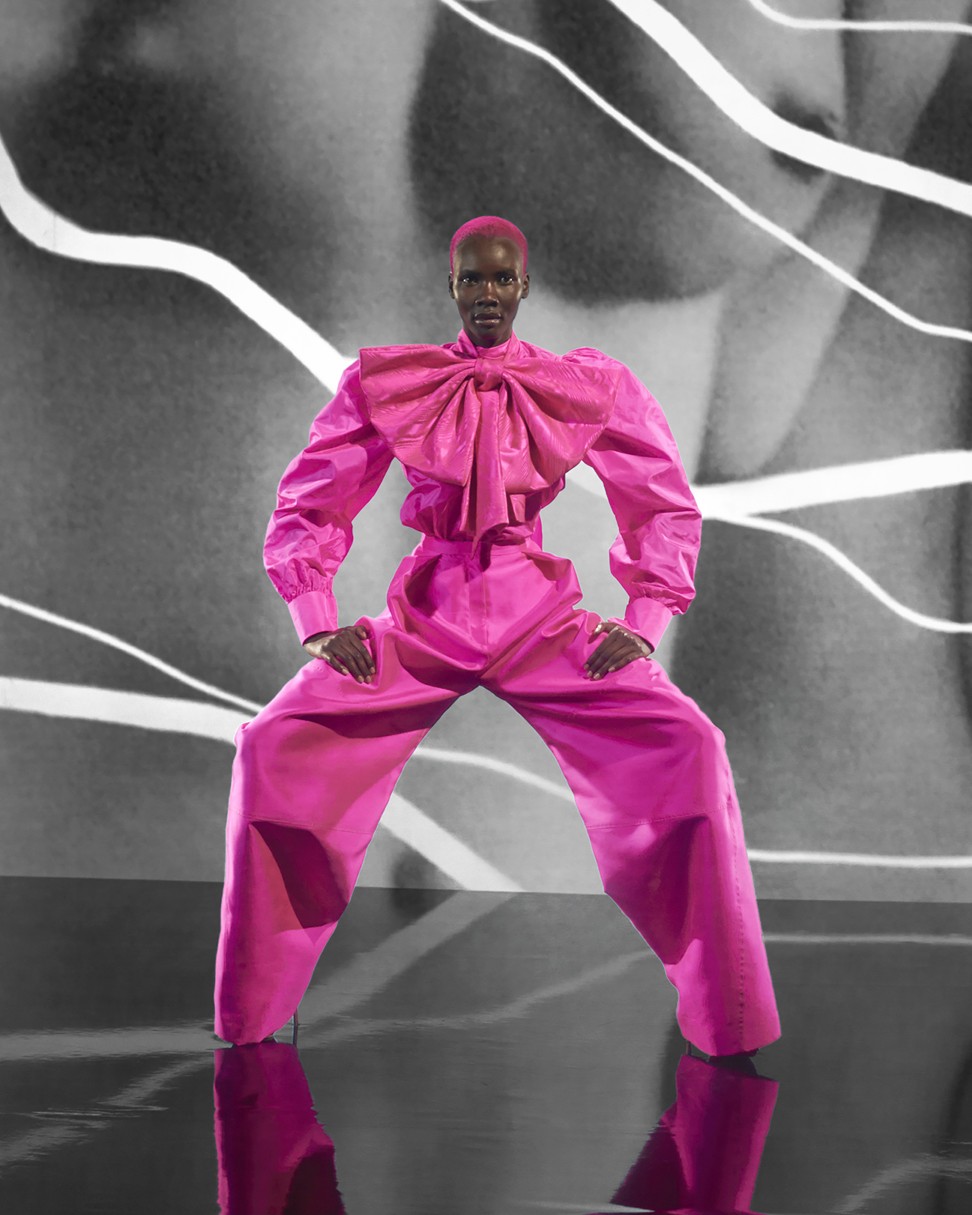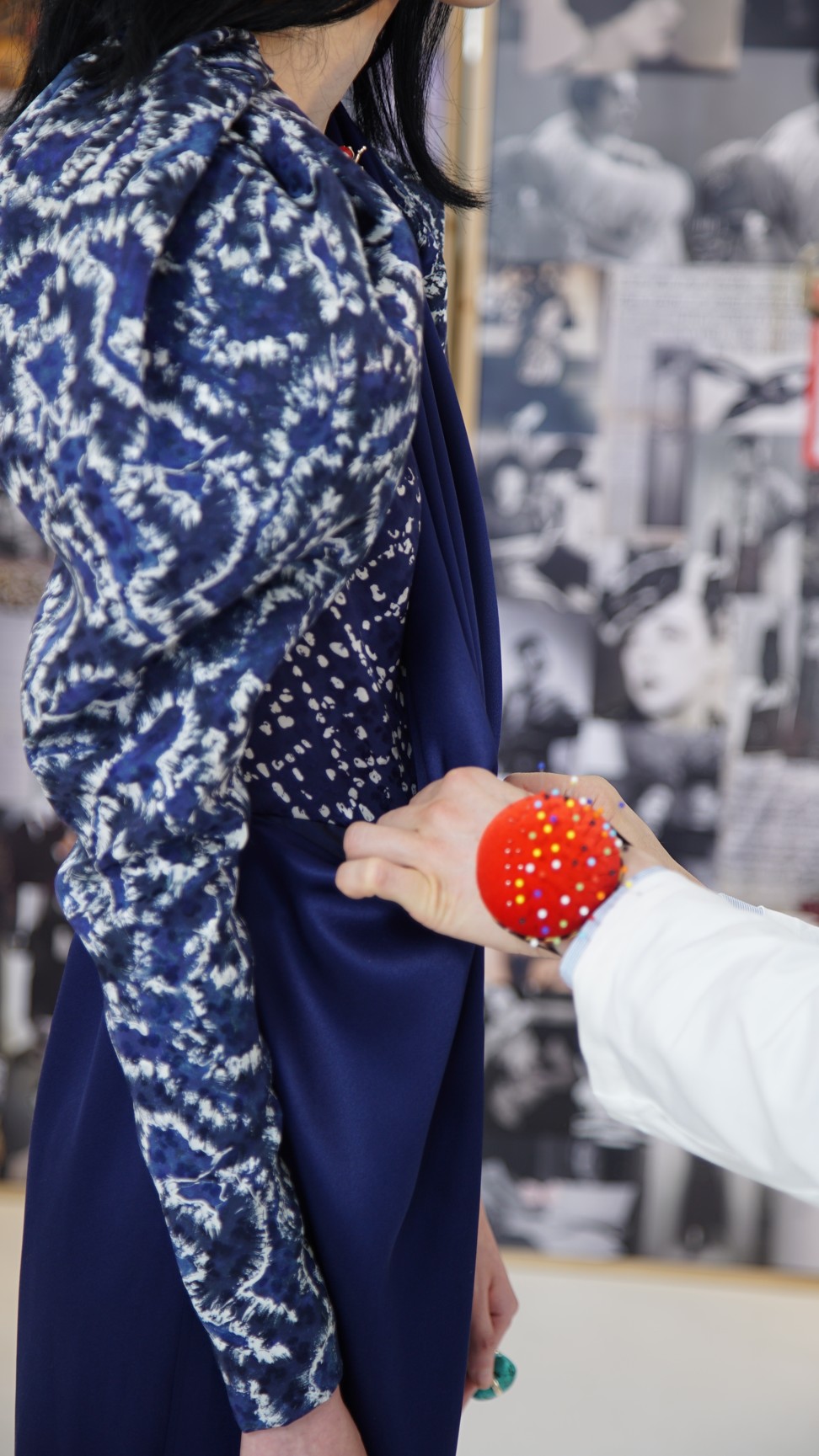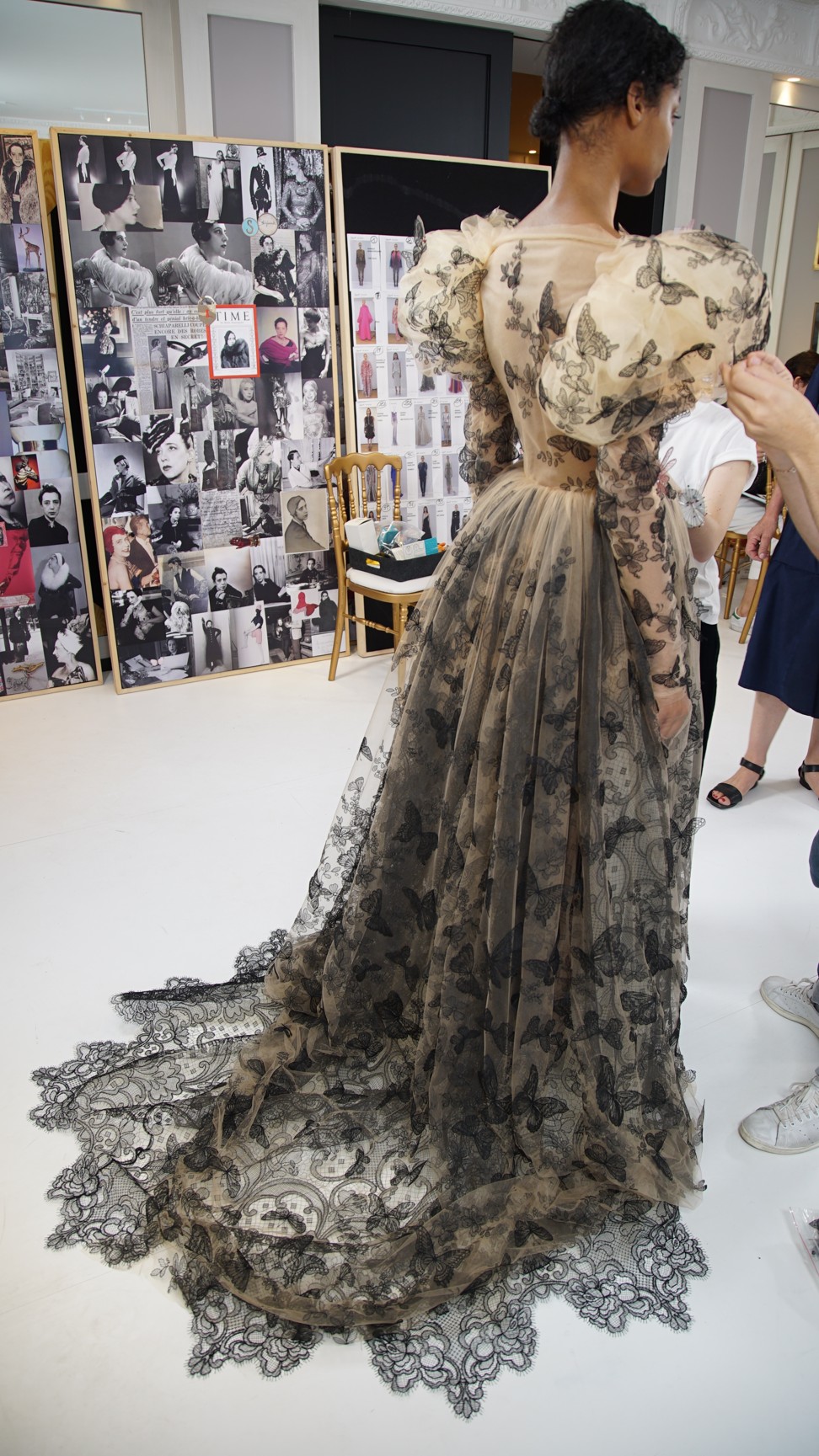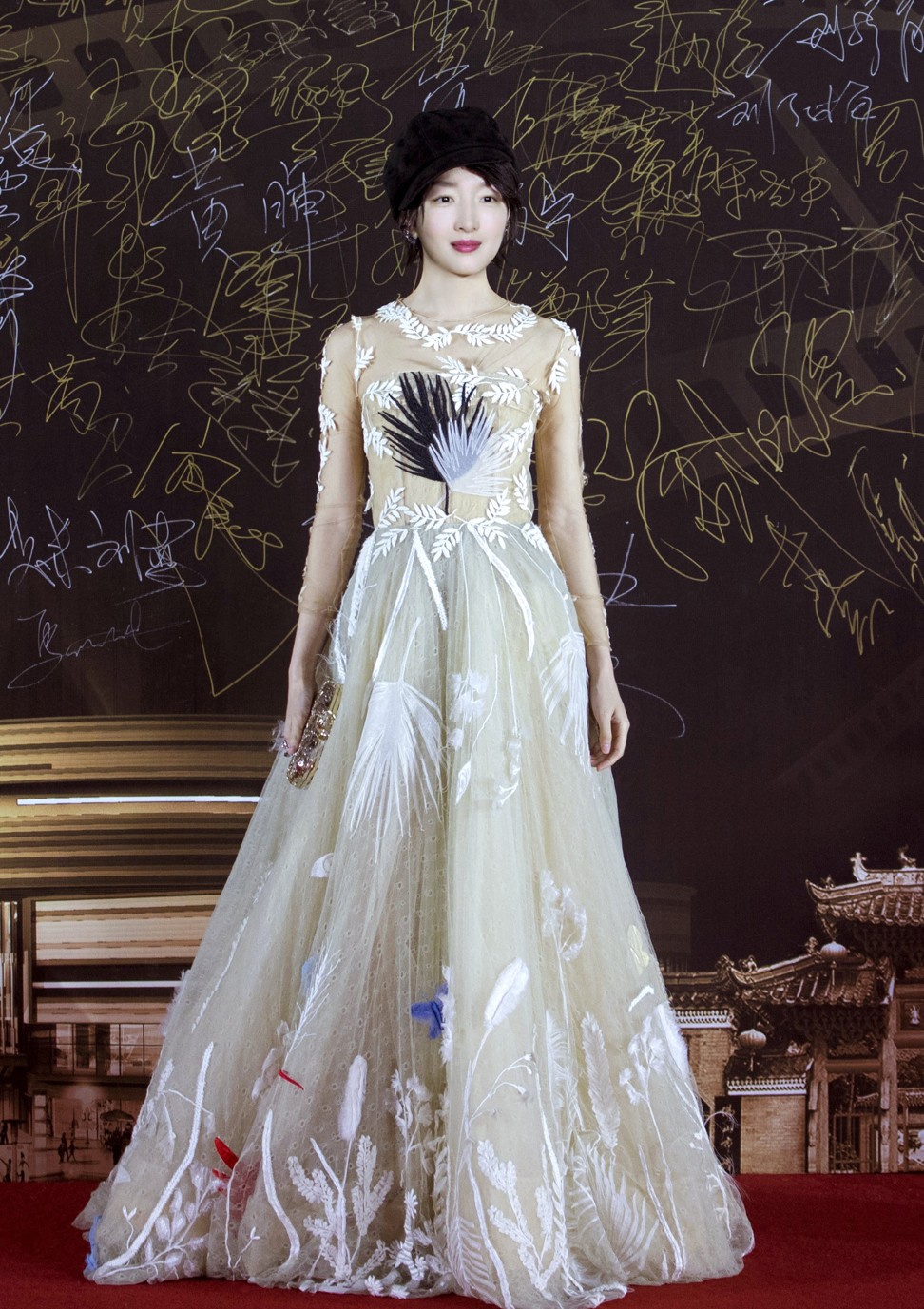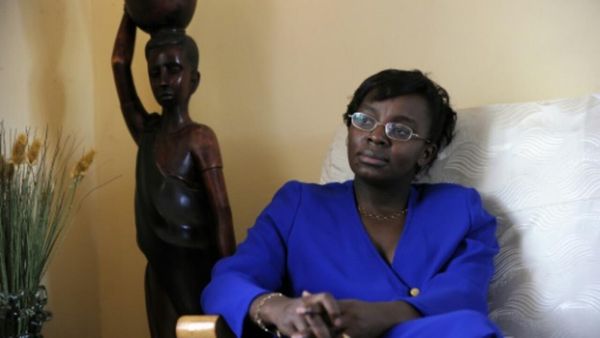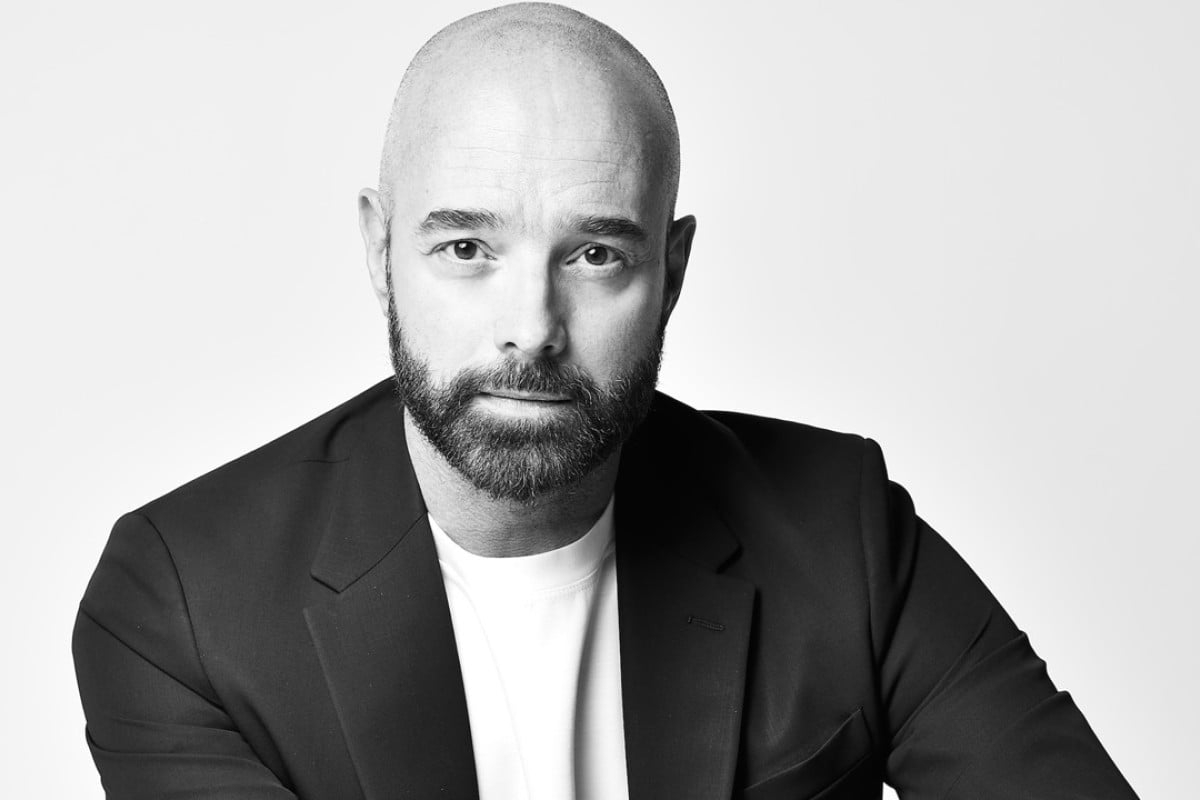
Haute couture, French for “high dressmaking”, sets the style trends for the upcoming year. The couturiers – garment-makers who are responsible for the creation of exclusive custom-fitted clothing – are revered for their work.
One-minute bio: Elsa Schiaparelli
So rigorous are French industry standards that the term haute couture itself is protected by law and is defined by the Chambre Syndicale de la Haute Couture. The association of Parisian couturiers founded in 1868, and known as the Syndicale de la Haute Couture, has enacted strict guidelines governing couturiers who work in ateliers (studios), which are expected to employ at least 15 full-time artisans and 20 technical staffs. Each garment is made-to-measure for a private client, and every look requires at least two fittings.
Each haute couture house must produce at least 25 designs every season for the biennale couture shows that usually take place in Paris in January and July.
Chanel says no to crocodile and snake skins
The driving force behind couture is prestige and the power of the name and brand recognition of each fashion house. Despite this, it is thought that just 2,000 women customers worldwide aspire to such luxury.
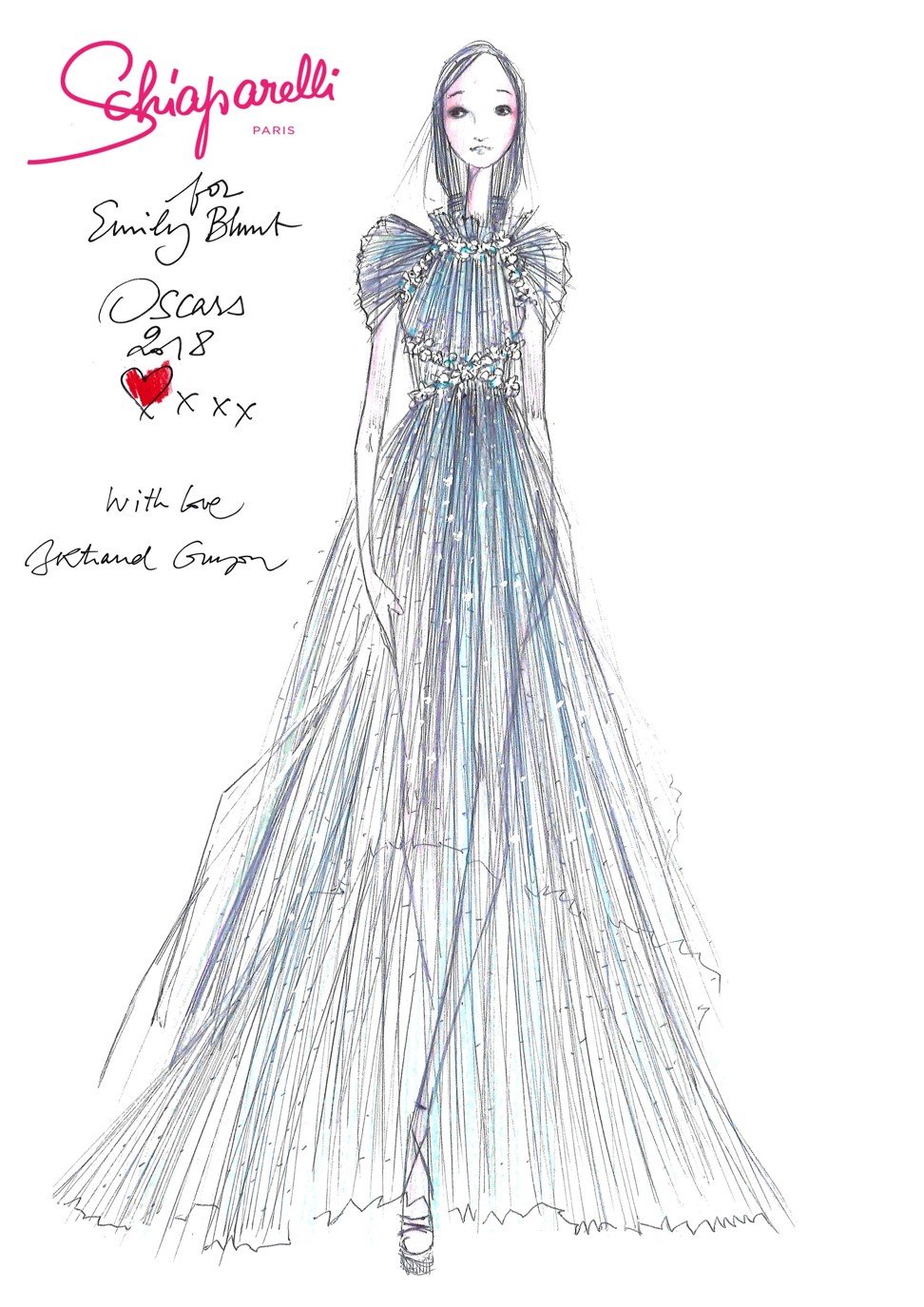
The autumn 2018 edition saw 23 members showcasing a limited number of designs. The top houses included Chanel and Fendi by Karl Lagerfeld, Maison Margiela by John Galliano, Christian Dior by Maria Grazia Chiuri, Giambattista Valli’s eponymous label, and one of fashion’s oldest names – Schiaparelli by French designer Bertrand Guyon.
One of the fashion industry’s most evident phenomena is “fast fashion”. The mindset behind this is the making of quick profits by pushing customers to buy the latest trends under the mantra of “see now, buy now”. This is a direct challenge to the traditional couture mentality, as well as the actual survival of some of the fashion houses themselves.
“Working in haute couture today is a privilege, a form of resilience and a chance that I feel so grateful for every day,” says Guyon.
Love inspires Diane von Furstenberg’s Claridge’s Christmas tree
Schiaparelli was founded by Italian designer Elsa Schiaparelli in 1927 at 21 Place Vendôme in Paris. She was Coco Chanel’s bitter enemy; the black-and-white queen even
referred to Schiaparelli as “the Italian artist who makes clothes”.

The house’s emergence marked the start of a renaissance in Italian fashion and a weakening of French dominance.
Socialising with Paris’s most renowned surrealists such as Salvador Dalíand Jean Cocteau, Schiaparelli was sublimely inspired by her confidants and their creations. Intertwining art into her garments, she challenged every tradition of dressmaking, from tailoring and silhouettes to materials and embroideries. Her famous designs include a dark-blue jersey in collaboration with Jean Cocteau, a silk jacket jointly created with Dali, and the infamous “lobster” dress acquired by Wallis Simpson prior to her marriage to the
Duke of Windsor.
Sadly, the house of Schiaparelli closed its doors in 1954. However, more than a half century later, in 2007, Diego Della Valle, CEO of Italian leather goods company Tod’s Group, acquired it. In 2013, he appointed Italian creative Marco Zanini to bring the maison back to life. Zanini debuted his first show in January 2014. In 2015,
Guyon took the helm as
design director.
Guyon, a couture veteran, has served at high-end houses such as Givenchy, Valentino and Christian Lacroix. Joining Schiaparelli at the age of 50, the graduate of the Ecole de la Chambre Syndicale de la Couture Parisienne is on a democratising mission to make both the fashion label and haute couture itself – a selective and expensive product – more accessible.
“What I have in mind is to respect the house and the creations left by Elsa Schiaparelli [and] be honest with myself,” he explains. “The project is, first of all, about Schiaparelli, and not about me.”
3 female entrepreneurs shaking things up in Hong Kong
In September, he officially launched the ready-to-wear line after the 2016 release of a collection named “prêt-à-couture”.
This venture marks the house’s first foray into the mass market. Dubbed “Story”, the debut is inspired by artist Man Ray and his iconic artwork, Glass Tears. Ray was one of the first artists Schiaparelli met and collaborated with before launching her fashion career.
Boasting a look highlighted with classical elements, Guyon’s clothes are “Schiaparelli-ly” daring. In a nod to surrealism, he presents a new art-meets-fashion ethos by playing with optical illusion and contemporary stitching. A case in point is a voluminous jumpsuit, an item originally designed by Schiaparelli, in shocking pink – the founding designer’s signature colour.
The brand’s icons such as padlocks and trompe l’oeil shadows are also reimagined, featured on jackets, blouses, T-shirts and sweaters.
The collections appear less surreal and uncomplicated, something that can be understood and worn by modern women who live active lives.
“Creating something people can relate to is definitely something I am searching for. This is crucial for me,” says Guyon.
Lina Zhang, Zhang Huijun, Hao Yunxiang and Li Zhen walk the runway at Macao Fashion Week
Sportswear, fashion’s latest frontier, is fast rising as an important part of the ecosystem. In Guyon’s versions, biker and bomber jackets are embellished with precious stones and exclusive fabrics to combine sportswear and haute couture. This is another modern homage to the house’s legacy – the trompe l’oeil sweaters Elsa Schiaparelli created in 1927 were the epitome of sportswear couture.
“I am designing fashion as clothes that can be worn. My job is to dress women,” Guyon says.
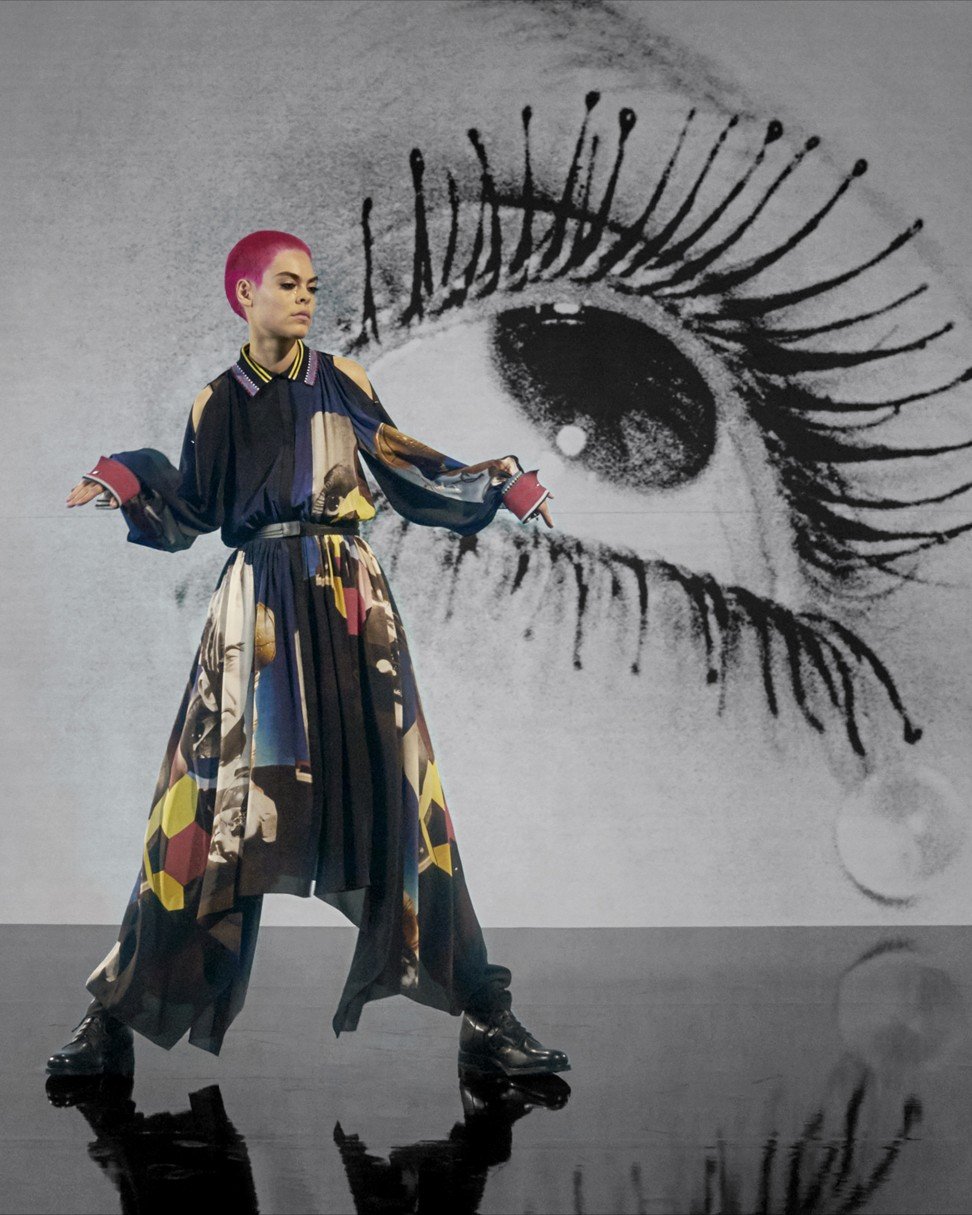
His fantastical creations are favoured by global celebrities including Hollywood A-listers Jennifer Aniston, Kirsten Dunst and Emily Blunt to Chinese actress Zhou Dongyu. Having successfully completed seven collections, the designer is developing his eighth. “Each season is a new challenge. I am perpetually unsatisfied and keep thinking that the next collection will have to be better. I feel like I am starting from scratch every season and collection. The more it goes, the more I get some sort of anxiety about trying to come up with a better collection,” he says.
Guyon confesses he was not very familiar with Schiaparelli when he first joined. Today things are different. He has found his own creative niche and brings a sophisticated approach that embodies the 21st-century resurgence of Elsa Schiaparelli’s surreal spirit.
“It is about that subtle balance between what people know, seem to know, expect of Schiaparelli and my own vision of it. I really feel at home now,” he says.
Luxarity: where blockchain technology meets vintage fashion
OCCUPATION
Fashion designer
INSPIRATION
What I have in mind is to respect the house and the creations left by Elsa Schiaparelli [and] be honest with myself. The project is first of all about Schiaparelli, and not about me.
Want more stories like this? Sign up here. Follow STYLE on Facebook, Instagram and Twitter
